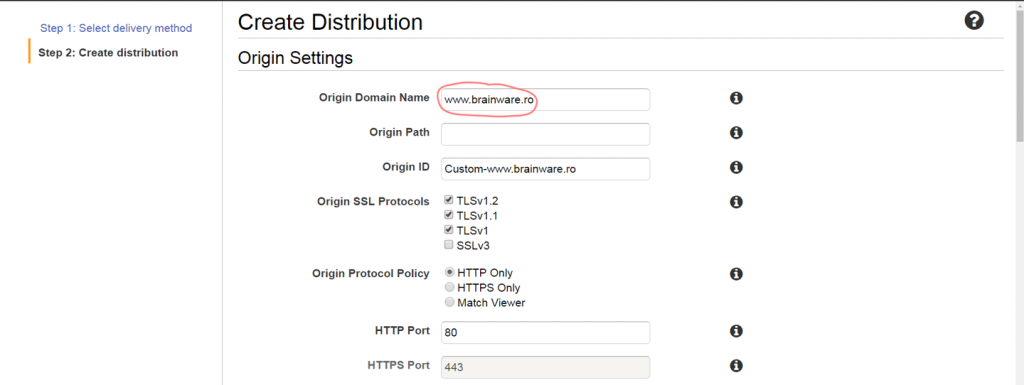In this text I intend to discuss some practical aspects related to the “multiple 9” percentages that are advertised by vendors regarding their reliability. Oh, and how to achieve 100% uptime (NOT).
Definitions
SLA stands for Service Level Agreement and it is a binding contract between the vendor and the customer. It is usually expressed as the percentage of the time reference window (e.g. a year) when the Service should be functioning normally, delivering its desired output.
The Uptime of the Service represents the numeric portion of the agreement above, expressed either as a percentage or by using time units.
Note: the uptime/downtime definitions above do not completely apply with Services provided through different infrastructure sets, e.g. to different geographical regions, from different data centers. A downtime in one geographical region does not mean that the Service is unavailable to just every customer out there so a different calculation method must be figured out. A solution may be to estimate the number of requests not served during the downtime by looking historical data up and then do the Service availability estimates from that particular numeric figure.
How many 9s?
AWS provides a complete monitoring engine called CloudWatch; it works with metrics – including custom, user-provided metrics – and is able to raise alarms when any such metric crosses a certain threshold. This is the tool that is used for all perfomance monitoring tasks within AWS.
This text will cover a monitoring scenario regarding deploying an arbitrary appplication to the cloud and being able to determine what causes the performance limits to be met, be it the application code itself or resource limits enforced by Amazon.
Scenario
Let’s assume that one has just started using Amazon Web Services and is deploying applications on free tier or other general purpose (T2) instances. One learns that the general purpose instances work with “credits” that allow dealing with short spikes through performance bursting – but once the credits are exhausted the performance is reverted to some baseline. All the particular details do not make a lot of sense but one needs to know if the application can meet the desired service limits with this setup.
When do you need to use some form of Cloud Distribution?
If you consider this concept a form of caching, then you need it when your website passes a certain threshold in terms of users and the volume of data that is being sent out. The actual numeric figure depends entirely on your setup – you may have large files and sending them out of your server may fill up the available bandwidth. Or you may have a lot of users and may want to ease the load on the server by pushing some of this load to somewhere else.
Nevertheless, the purpose of this article is to show you how this is being done by using the AWS CloudFront.
AWS CloudFront
First, you need to go to the “CloudFront” option in the AWS Console and attempt to create a Web distribution. On the creation page you should first fill in your domain name as the distribution origin (the primary source of the content):
